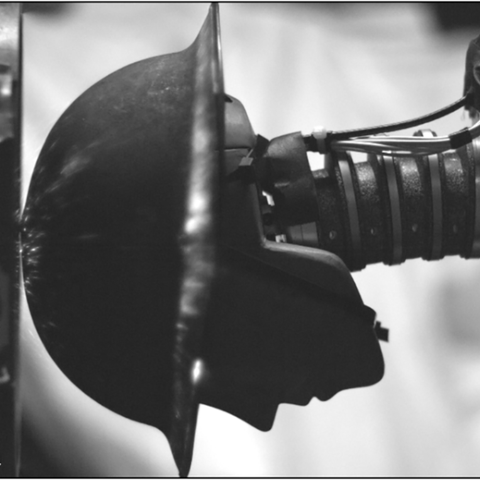Researchers Find a Flaw in Modern Military Helmets
The National Institutes of Health (NIH) hosts a 1986 paper that defines the levels of blast injury:
“Injury from explosion may be due to the direct cussive effect of the blast wave (primary), being struck by material propelled by the blast (secondary), to whole-body displacement and impact (tertiary), or to miscellaneous effects from burns, toxic acids, and so on. Severe primary blast injury is most likely to be seen in military operations but can occur in civilian industrial accidents or terrorist actions.”
Essentially, primary blast is the force of the explosion itself doing things like banging your brain against the sides of your skull. The Centers for Disease Control and Prevention (CDC) says primary blast force most directly affects a surprising kind of body structure: “Gas filled structures are most susceptible—lungs, GI tract, and middle ear.” A condition called blast lung is the most harmful primary blast injury, the CDC says, but concussive brain injury is still a big deal.

No comments:
Post a Comment